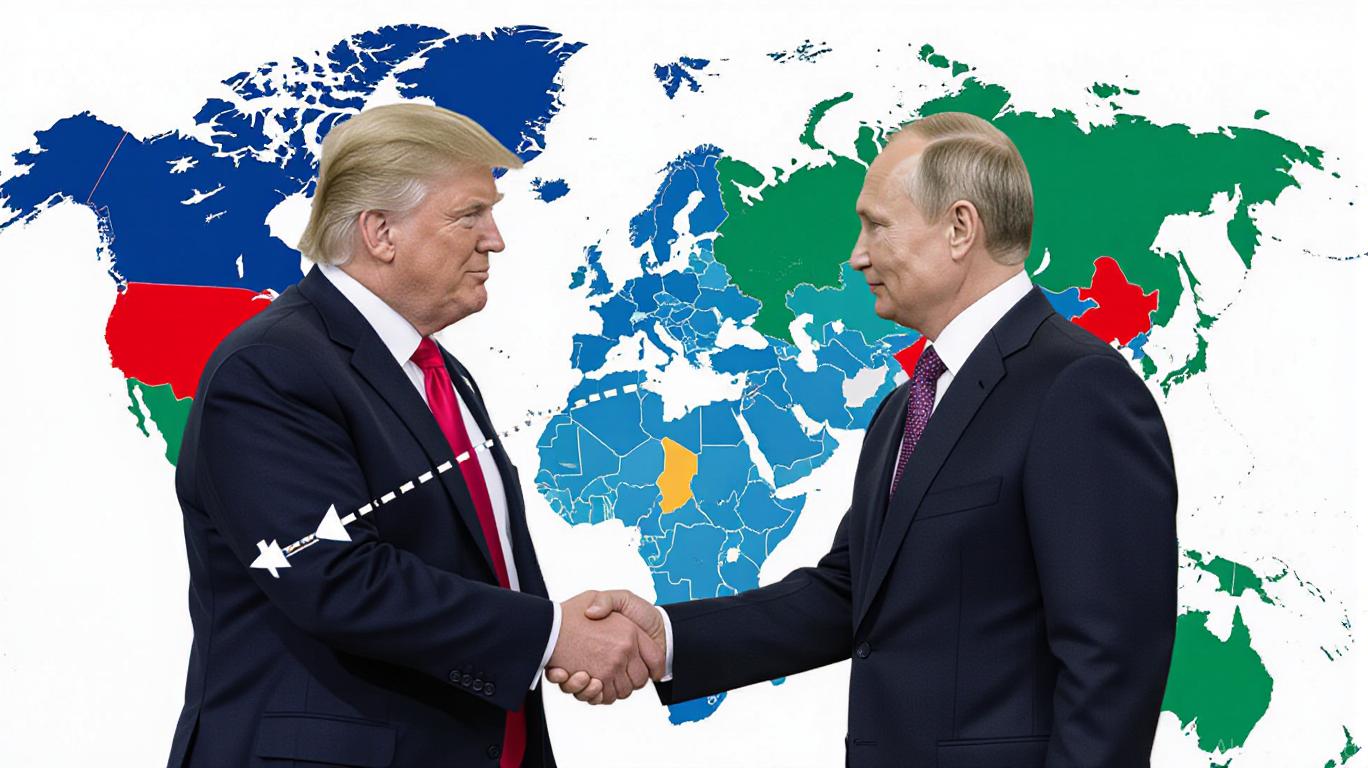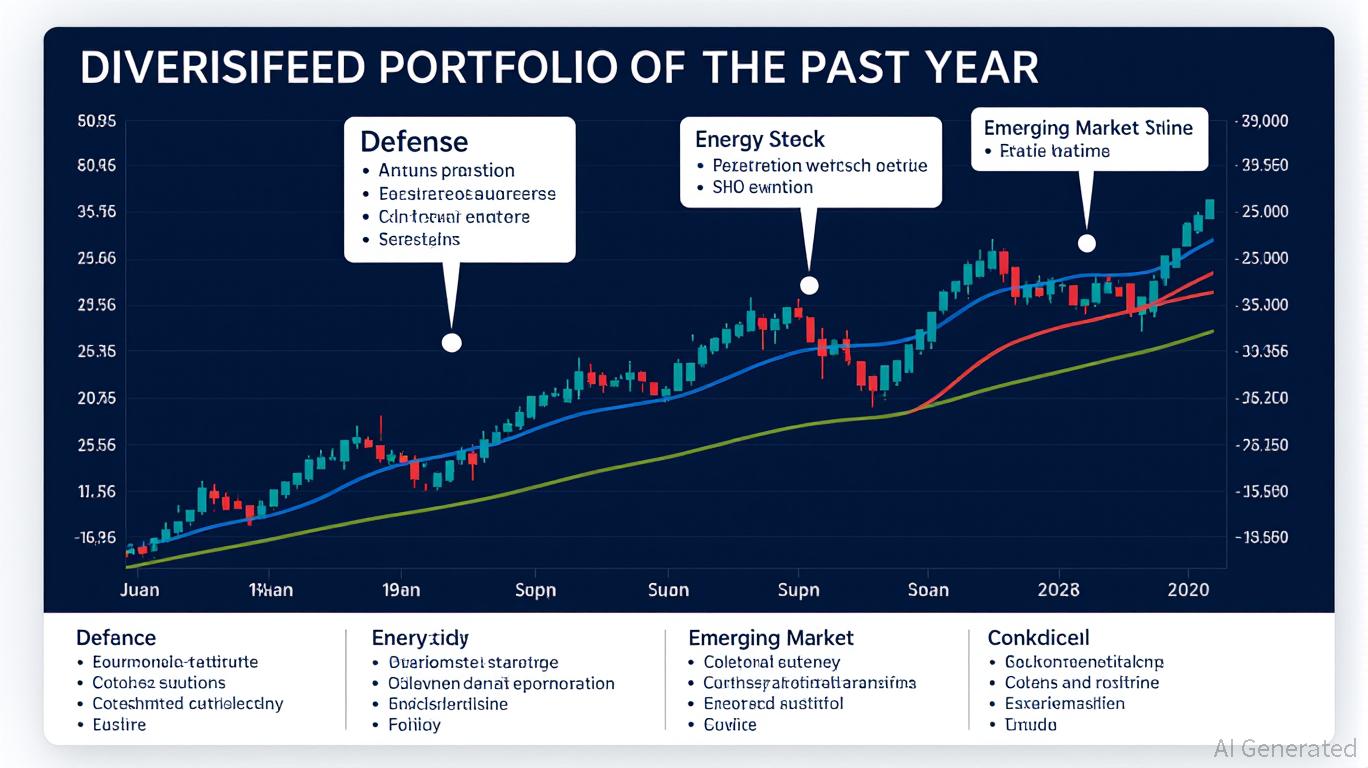
The August 2025 Trump-Putin summit in Alaska has emerged as a pivotal event in the ongoing Russia-Ukraine conflict, with far-reaching implications for global markets. While the meeting is framed as a potential pathway to de-escalation, its broader consequences for asset allocation—particularly in defense, energy, and emerging markets—demand a nuanced analysis. Investors must weigh the risks of prolonged conflict against the uncertainties of a potential ceasefire, while also considering the shifting dynamics of sanctions relief and geopolitical realignment.
Defense Sector: A Dual-Edged Sword
The defense industry stands at a crossroads. A successful ceasefire could reduce short-term demand for military equipment, as seen in the initial dip of European defense stocks like Germany’s Rheinmetall and France’s Thales following the summit announcement. However, the absence of a durable peace agreement means that NATO allies are likely to maintain elevated defense spending. The U.S. has already committed to replenishing arms supplies, and European nations are pushing for a 5% GDP defense budget, signaling long-term growth for the sector.
Investors should adopt a balanced approach: short-term volatility may persist, but long-term fundamentals—such as modernization of drone technology and cyber warfare capabilities—remain robust. A diversified portfolio across Western and emerging market defense firms could hedge against geopolitical uncertainty.
Energy Markets: Sanctions, Tariffs, and the Arctic Pivot
The energy sector is acutely sensitive to the summit’s outcomes. Trump’s proposed tariffs on Russian oil buyers like India and China have already introduced volatility, while OPEC+ production hikes add further complexity. A potential truce could stabilize prices, but the risk of prolonged conflict means energy markets will remain fragile.
For investors, the key lies in diversification. U.S. shale producers and LNG infrastructure firms (e.g., Shell and TotalEnergies) are well-positioned to benefit from shifting gas flows. Meanwhile, gold markets reflect broader geopolitical uncertainty, with U.S. futures diverging from London spot prices due to Trump’s tariffs on gold bars. A strategic allocation to both traditional energy and renewable energy ETFs could provide resilience.
Emerging Markets: BRICS Realignment and Transactional Diplomacy
The summit’s geopolitical implications extend to emerging markets, where BRICS nations are reshaping trade networks. India and China, as major Russian oil importers, have leveraged energy trade as a geopolitical tool, while Turkey and Brazil stand to gain from a U.S.-Russia truce.
However, U.S.-led transactional diplomacy introduces volatility. Countries reliant on European trade, such as Brazil and Indonesia, face risks from U.S. tariffs. A balanced investment strategy across BRICS nations—focusing on those with strong energy infrastructure and geopolitical leverage—is advisable. Avoiding overexposure to debt-heavy economies will be critical.
Strategic Implications and Investment Advice
The Trump-Putin meeting underscores the inextricable link between geopolitics and economics. While the summit may not yield an immediate ceasefire, it sets the stage for future negotiations and could reshape global trade dynamics. Investors should prioritize agility:
Defense: Maintain exposure to both Western and emerging market firms, with a focus on modernization trends. Energy: Diversify across U.S. shale, LNG infrastructure, and renewable energy ETFs. Emerging Markets: Allocate capital to BRICS nations with strong energy ties and geopolitical leverage, while hedging against currency risks.

In conclusion, the Trump-Putin summit is not merely a diplomatic event but a catalyst for asset reallocation. By understanding the interplay of sanctions, tariffs, and geopolitical shifts, investors can navigate the uncertainties of the U.S.-Russia-Ukraine dynamic with a strategic, forward-looking approach. The markets will remain volatile, but those who adapt to the evolving landscape will find opportunities in the turbulence.
